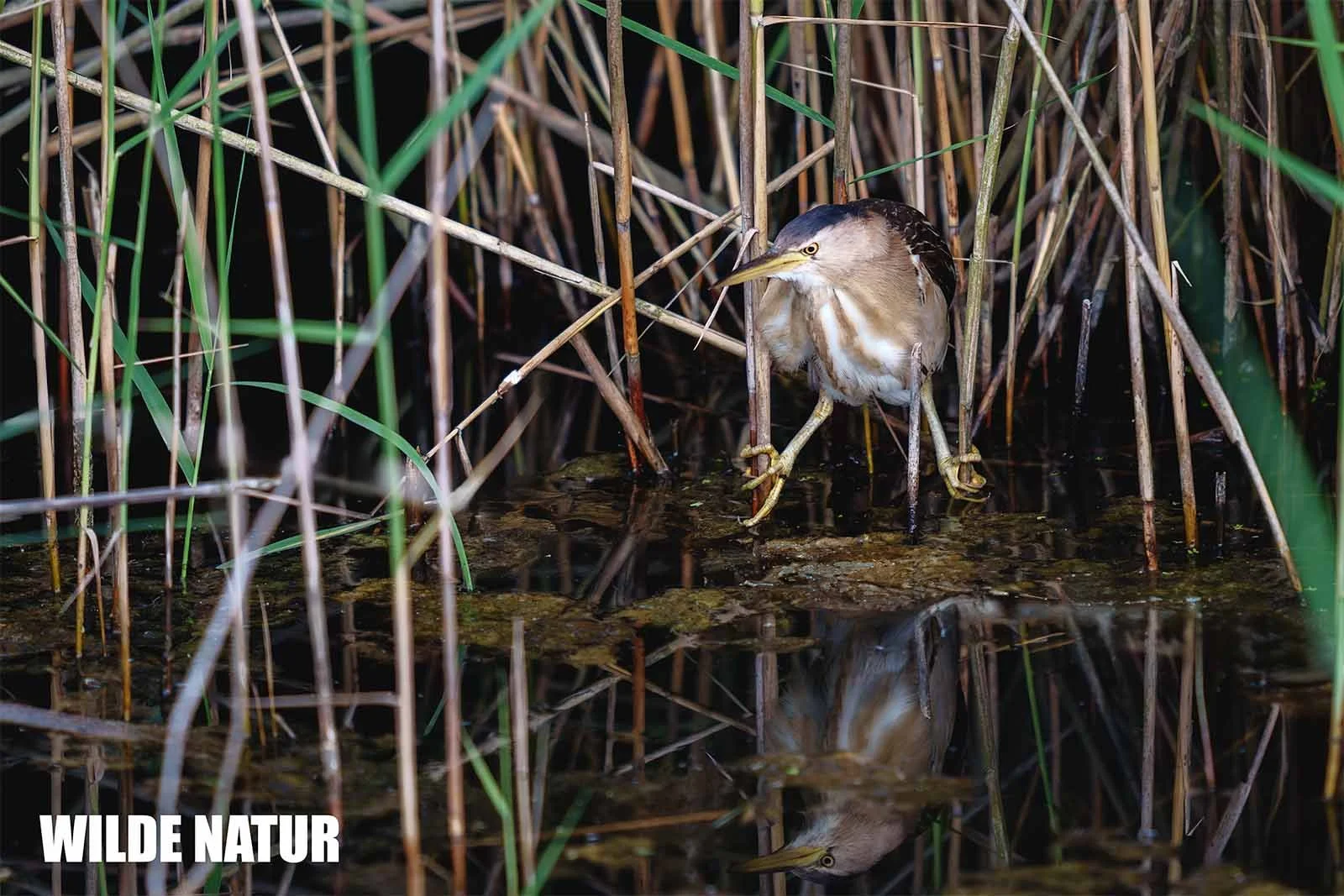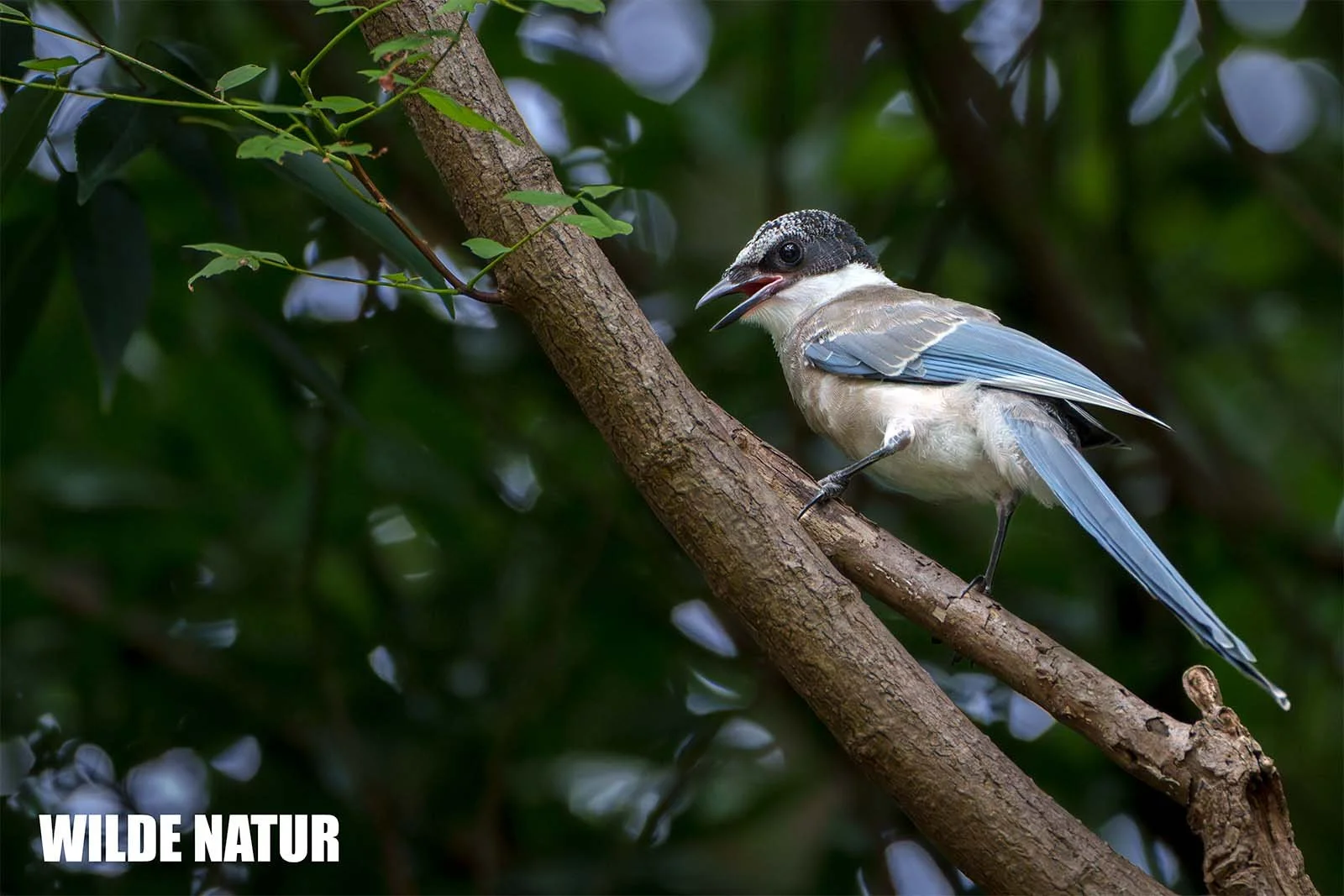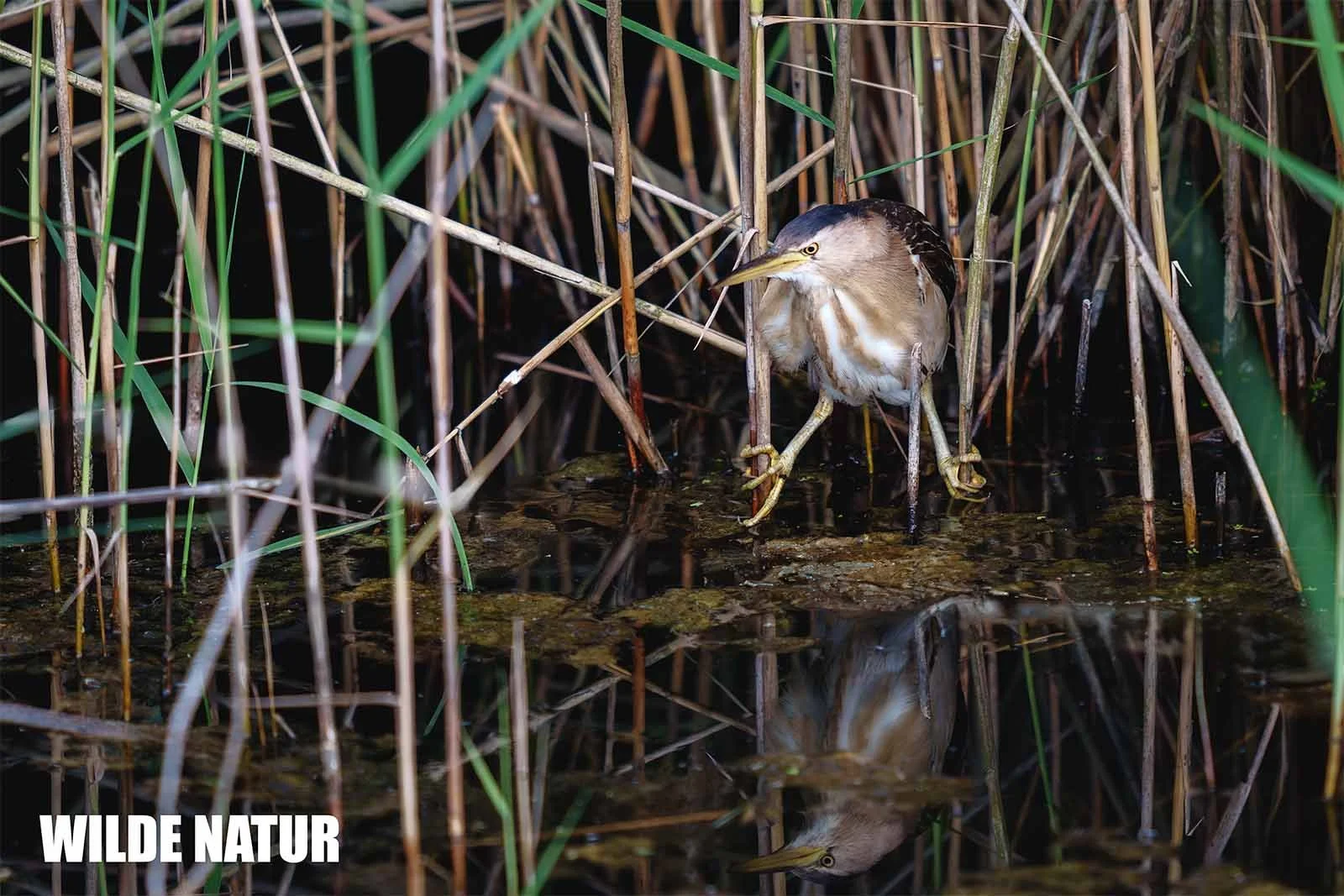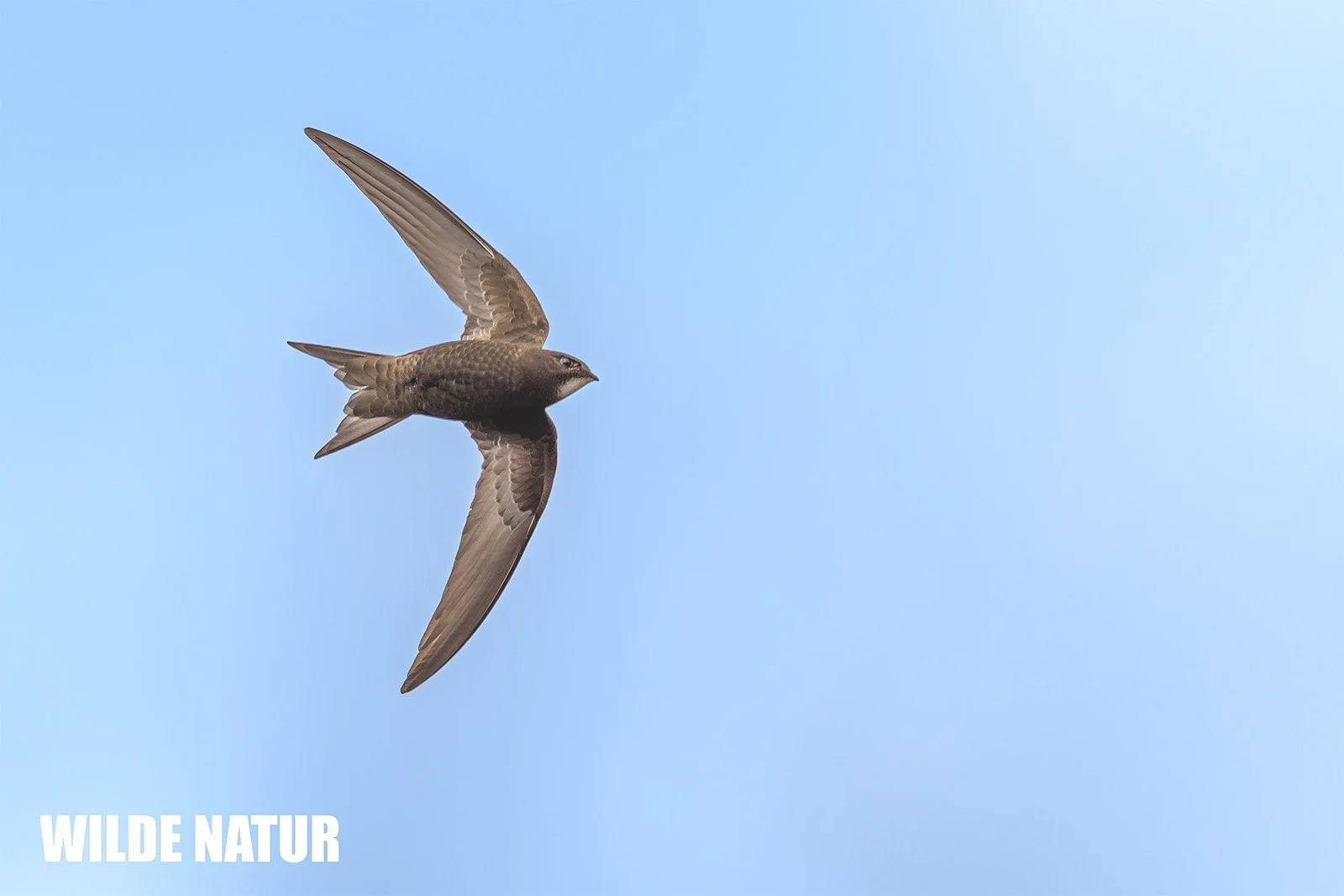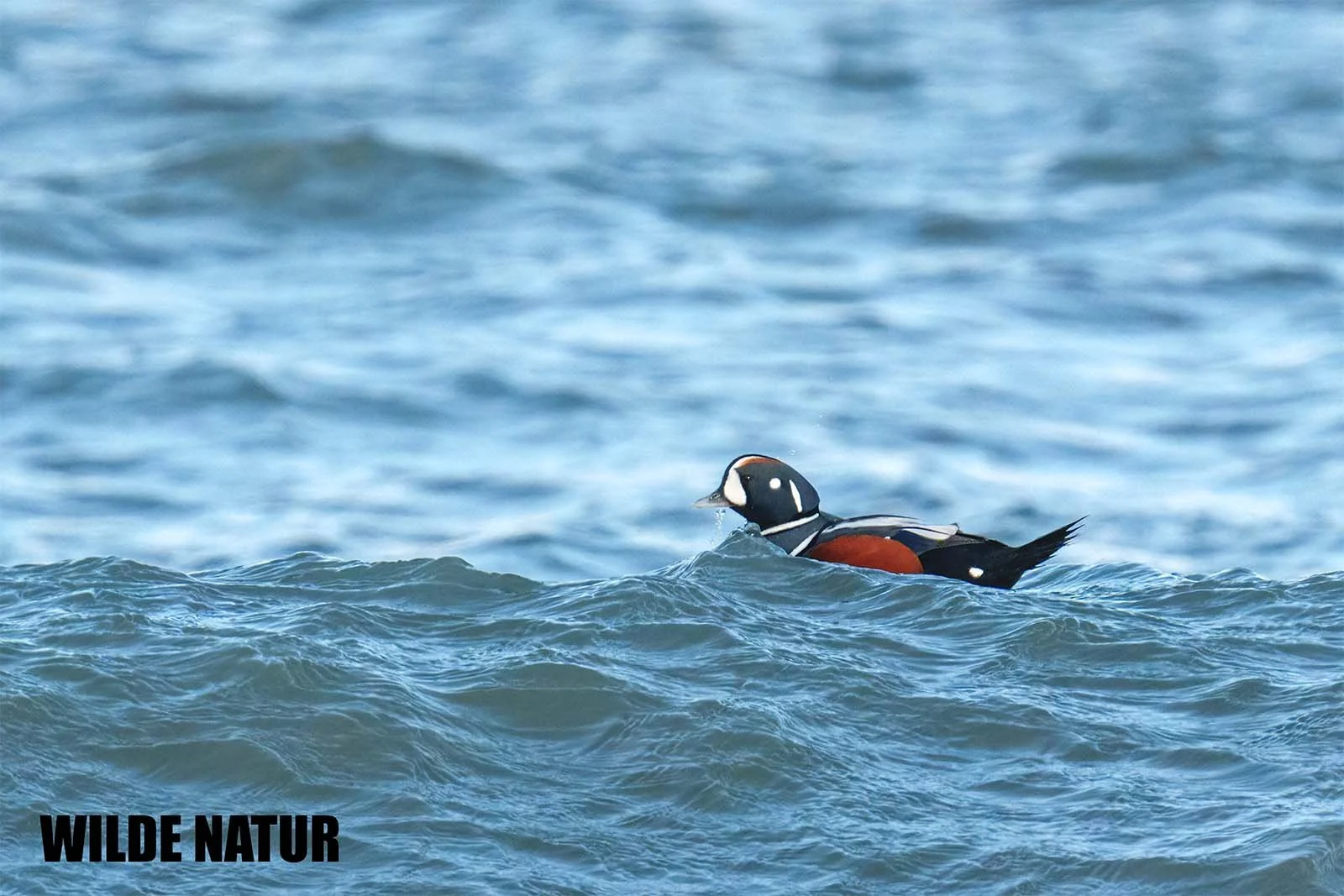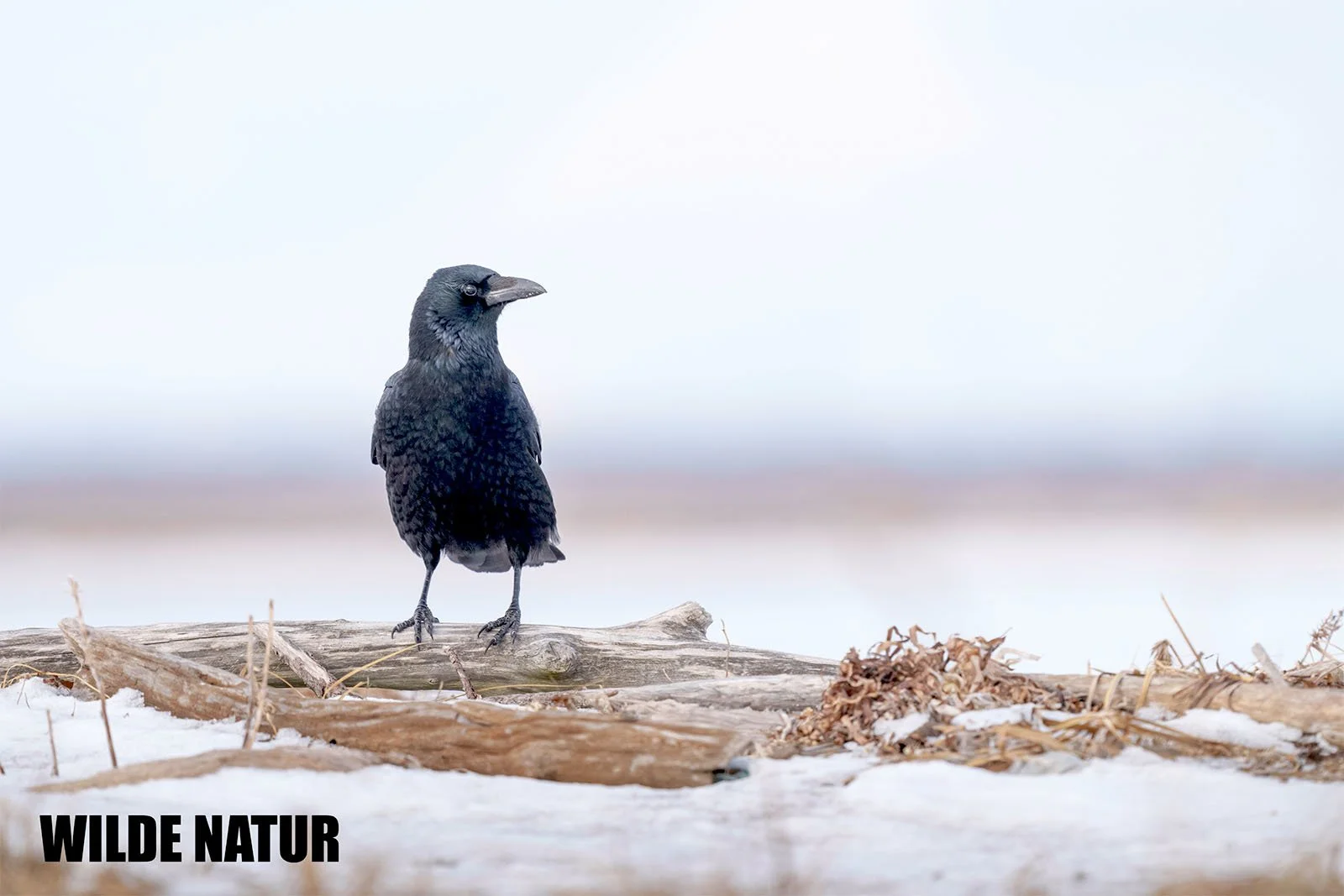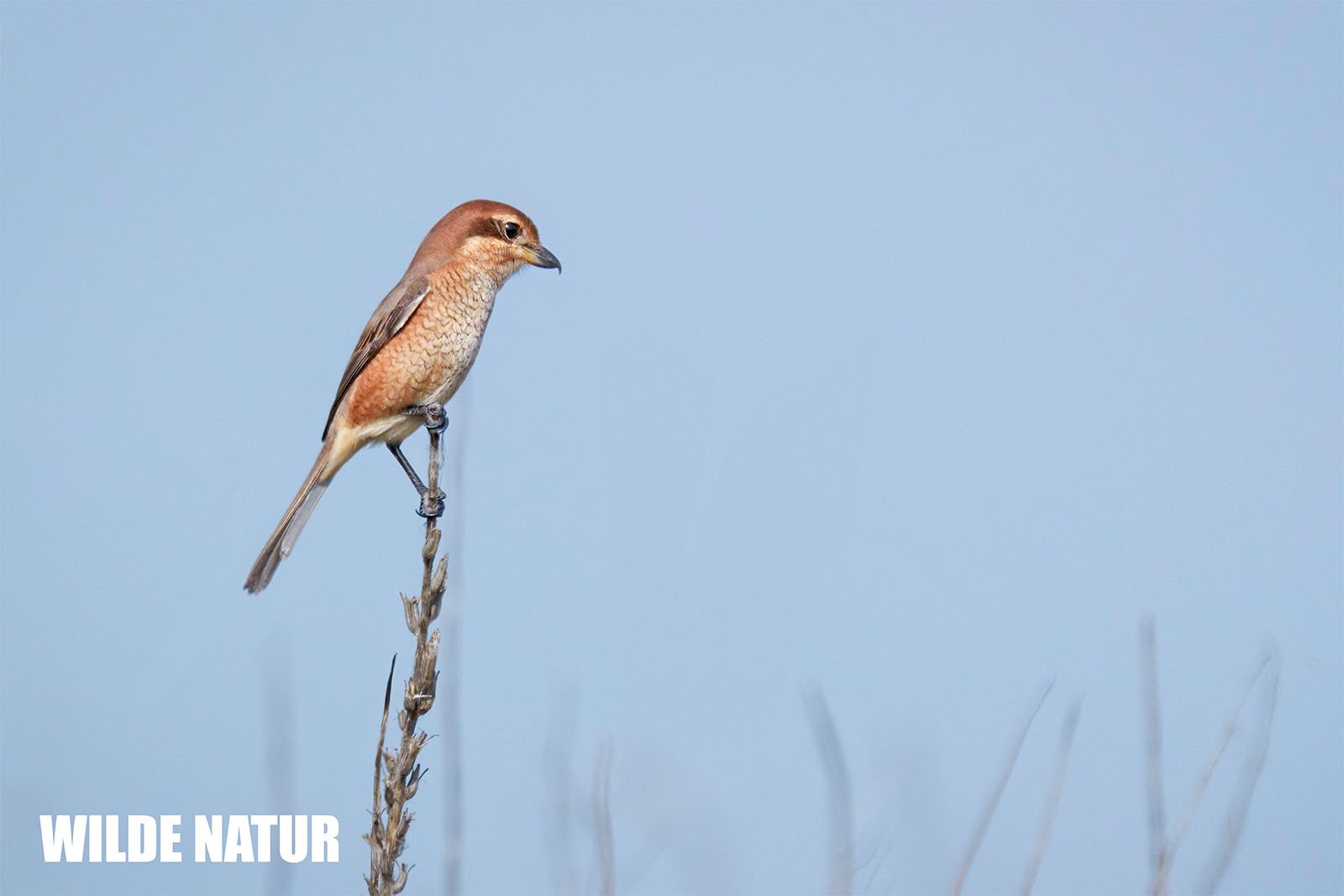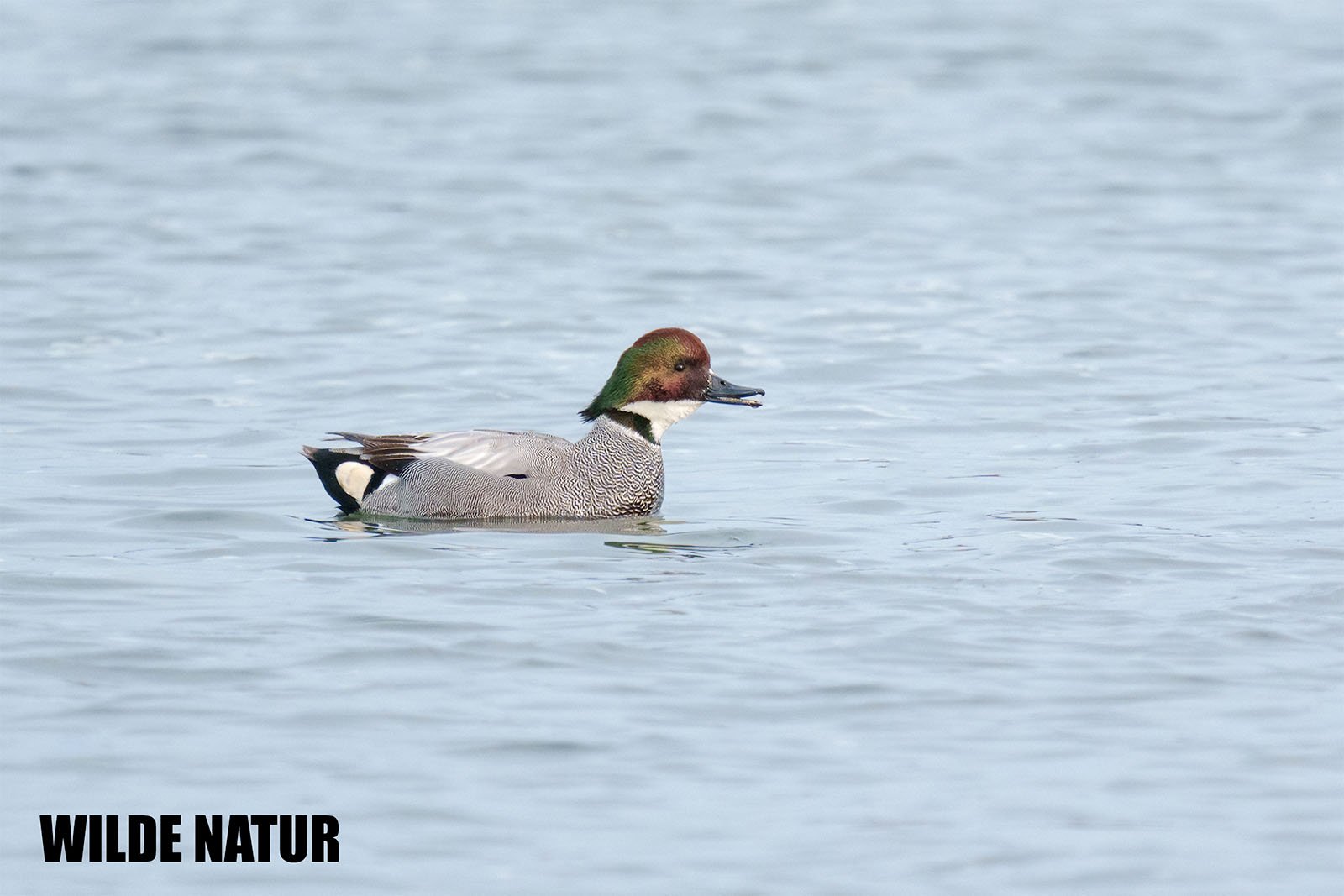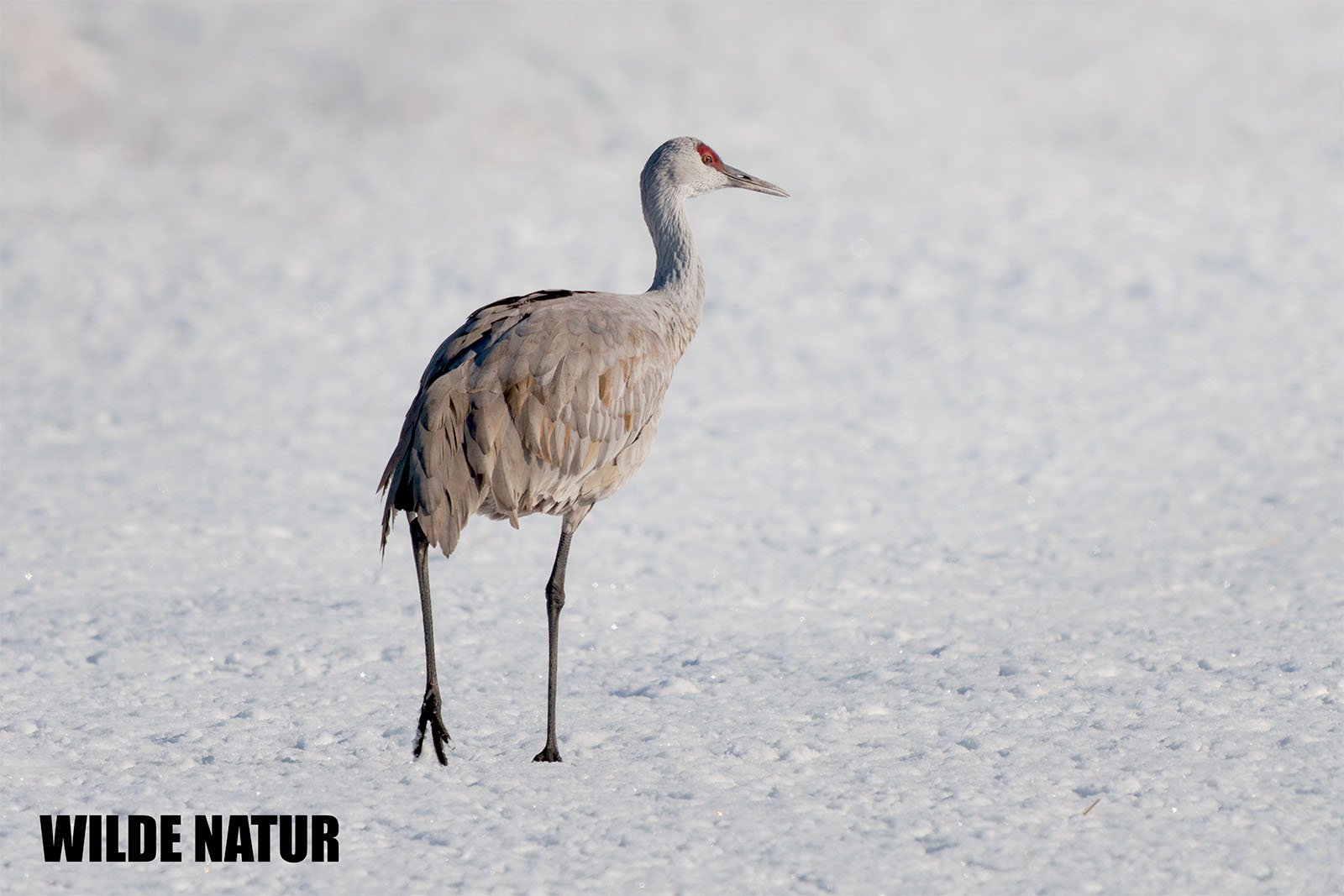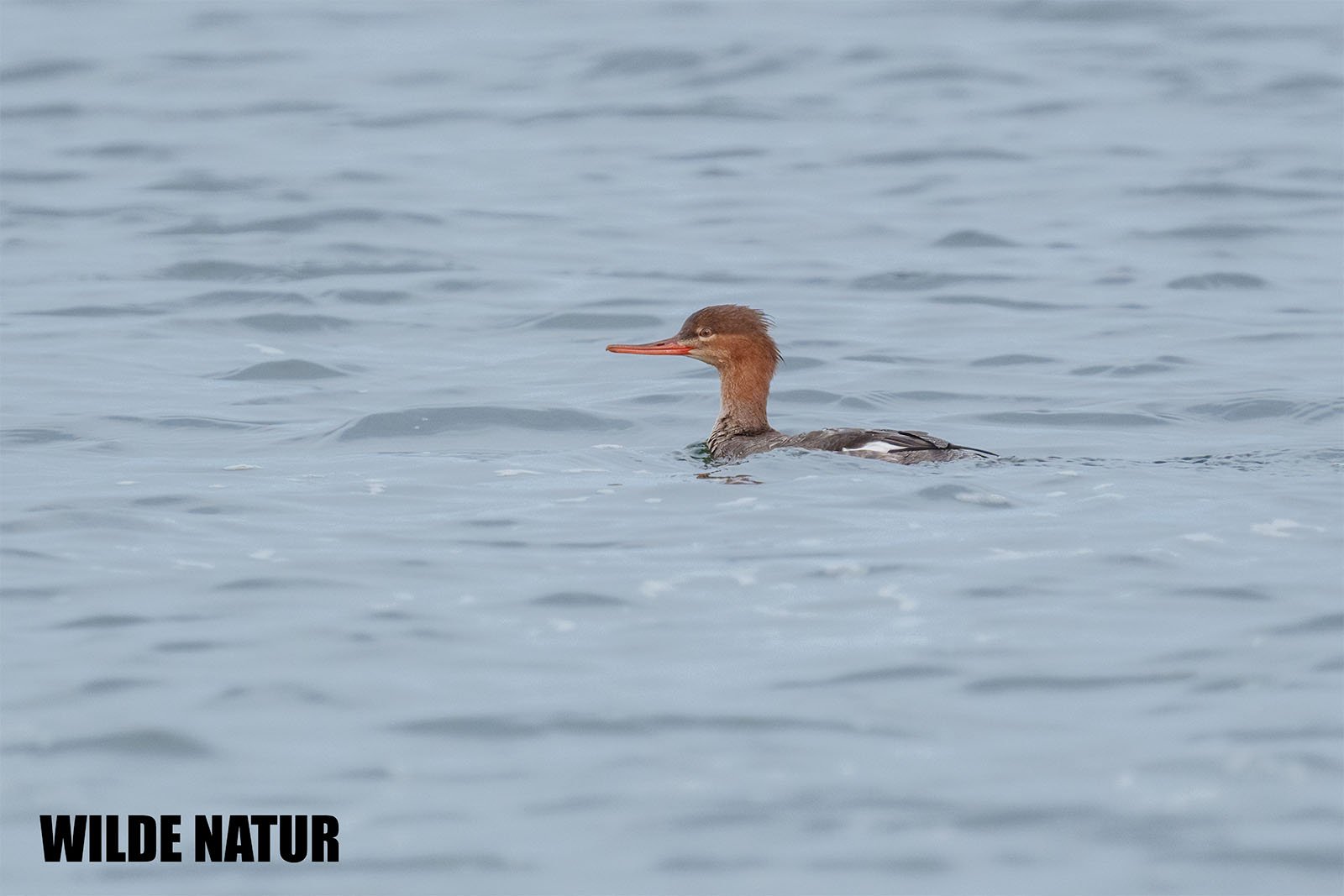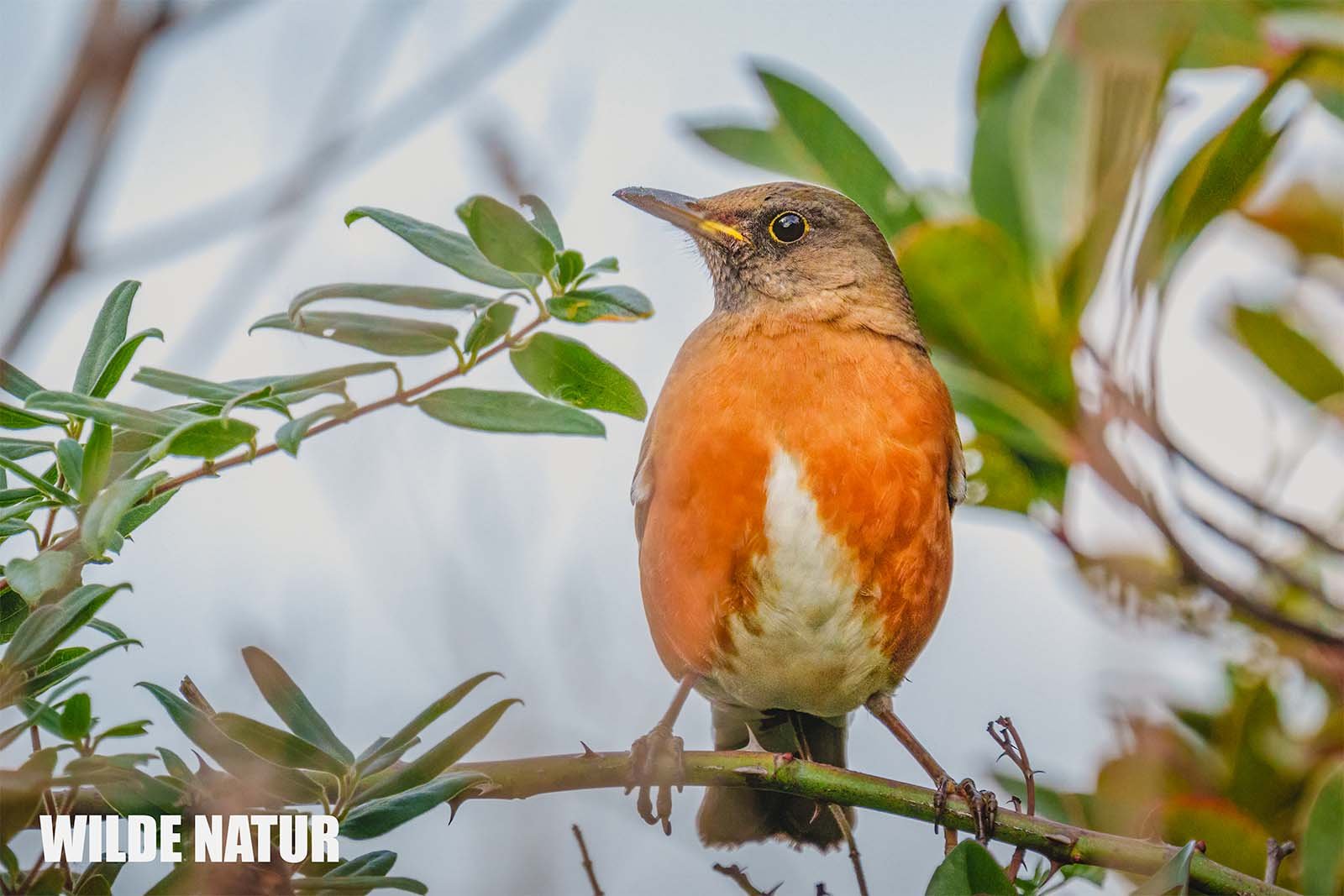Little Bittern (Botaurus minutus)
Little Bittern (Botaurus minutus)
Little Bittern – Master of Camouflage in the Reeds
Key Facts
- Smallest heron in Europe
- Summer visitor in Central Europe, breeds in reedbeds
- Feeds on fish, insects, amphibians
- Exceptional camouflage through plumage and posture
- Both parents actively care for the young
- Size: 33–38 cm
- Weight: about 140–160 g (usually; occasionally up to 150 g)
- Diet: Small fish, insects, amphibians; occasionally tadpoles, mollusks, or worms
- Season: Summer visitor, arrives in spring, departs in autumn
- Breeding season: May–July
- Habitat: Reedbeds and reed zones along lakes, ponds, and slow-moving waters
Table of Contents
- Introduction
- Appearance and Camouflage
- Habitat and Distribution
- Hunting Technique and Diet
- Breeding and Rearing
- Observation Tips
- Little Bittern FAQ
- In Conclusion
Introduction
It’s barely larger than a blackbird, yet it belongs to the heron family: the Little Bittern. Spotting one is a stroke of luck – and often the reward for patience. This species is not only rare but also a master at becoming invisible. While other herons stand tall and proud at the water’s edge, the Little Bittern melts into the reeds, revealing itself only when it moves.
Its life in Central Europe is a seasonal appearance: in spring, it returns from the south to raise its young in the dense reedbeds. In autumn, it quietly departs for its winter quarters.
Appearance and Camouflage
The Little Bittern is a compact miniature: a stocky body, short neck, and yellowish-brown plumage. Its back shimmers darker, sometimes almost black, while the underside remains light beige. Dark longitudinal stripes on its upper body make it almost invisible among the reeds.
Its long, pointed, yellowish bill is especially striking – the perfect tool for snatching prey from the water in a split second. Its yellow eyes appear alert, almost probing. Yellow-green legs visually disappear in the reedbeds.
One signature camouflage trick: Danger detected – neck extended. When a bird of prey approaches or a human gets too close, the Little Bittern stretches its neck straight up. Its eyes look skyward, its plumage aligns with the vertical lines of the reeds – and the bird vanishes without taking flight.
Habitat and Distribution
Its preferred breeding sites are reed and reedmace belts along still or slow-moving waters. Here, it finds both protection from predators and a well-stocked table of prey.
Despite the wide distribution of such habitats, the Little Bittern is rare in Central Europe. It often breeds only locally and in small numbers. The main causes are habitat loss due to shoreline development, silting, or intensified water use.
As a migratory bird, it stays here only during the warm months. It usually arrives quietly in spring and leaves for southern regions in autumn.
Hunting Technique and Diet
The Little Bittern is an ambush hunter. It chooses a stable perch in the reeds, often close to the water’s surface, and waits patiently. When a small fish, water insect, or frog appears, its head shoots forward – fast and precise.
Its menu mainly includes:
- Small fish – staple food in summer
- Insects – dragonfly larvae, water bugs, beetles
- Amphibians – small frogs and tadpoles
- Other prey – occasionally mollusks or worms
This hunting method conserves energy and is perfectly adapted to its dense, hard-to-reach habitat.
Breeding and Rearing
The breeding season usually begins between May and July. Both partners build a nest deep in the reedbeds from twigs and reed stems.
A typical clutch contains 5–6 eggs. If lost, a replacement clutch may follow. Incubation lasts 17–19 days, with both parents taking turns.
After hatching, the chicks remain in the nest for about 25–30 days until they can fly. During this time, both parents feed them small fish, insects, and amphibians – often every few minutes to keep up with the chicks’ rapid growth.
Observation Tips
To see the Little Bittern, you’ll need:
- Early morning or late evening – the best chances for sightings
- Patience and binoculars – movement in the reeds is often the only clue
- Quiet behavior – any sudden motion can make the bird freeze or vanish
The best time of year is early summer, when the parents fly in regularly to feed their young.
Little Bittern FAQ
How big is the Little Bittern?
Only 33–38 cm – about the size of a blackbird, but with longer legs and bill.
When can you see the Little Bittern in Central Europe?
From spring to autumn, as it only comes here to breed.
How does the Little Bittern camouflage itself?
Through its striped plumage and its ability to stretch its neck and blend into the reeds.
How long is the breeding period?
The eggs are incubated for 17–19 days; the chicks remain in the nest for a total of 25–30 days until they can fly.
What does the Little Bittern eat?
Small fish, insects, amphibians, and occasionally tadpoles, mollusks, or worms.
In Conclusion
The Little Bittern is a master of camouflage and a quiet summer visitor, revealing its life only to the most patient observers. Its rarity makes every sighting special. To encounter it, one must understand its way of life – and keep a watchful eye, even when it seems there is nothing but reeds ahead.

